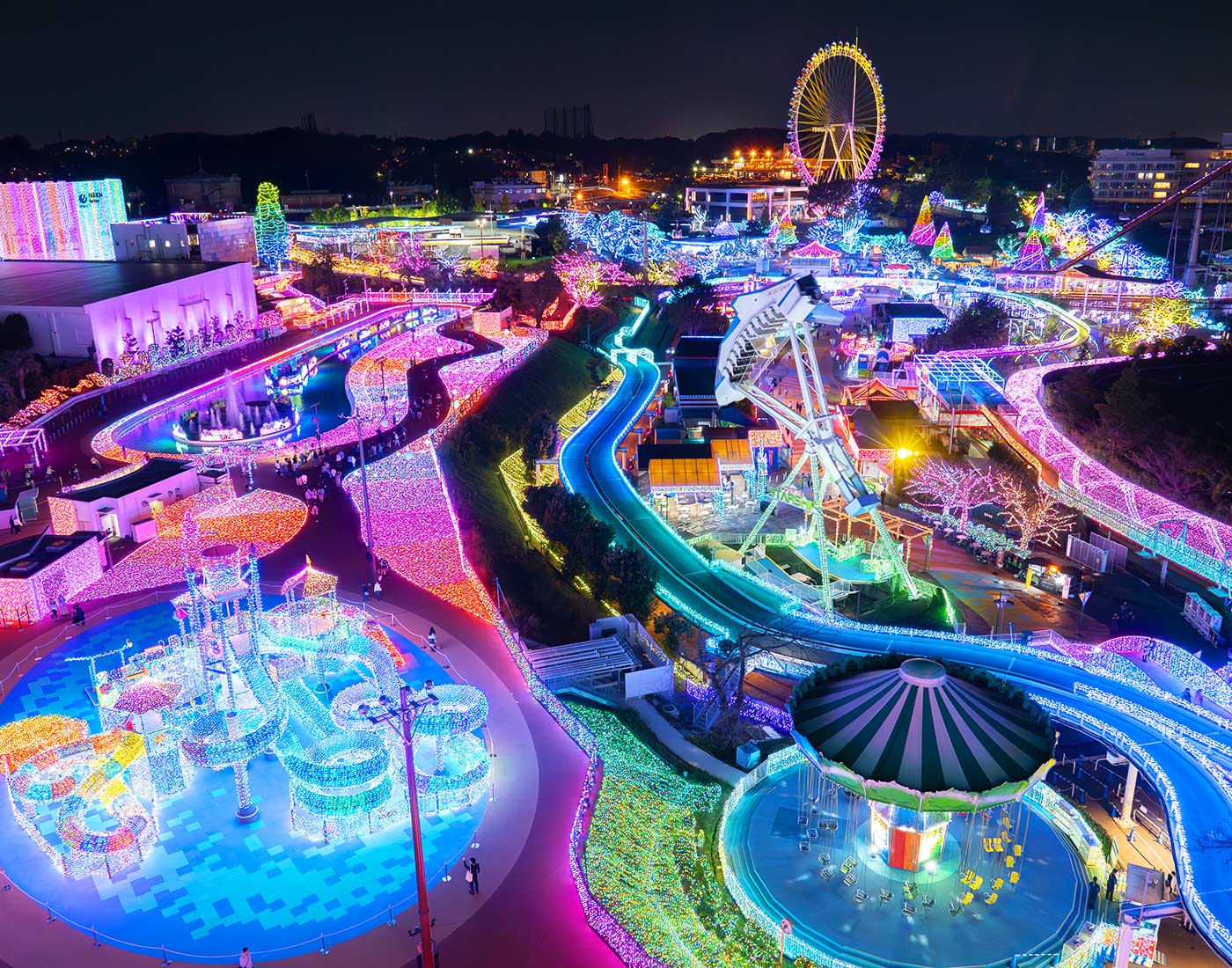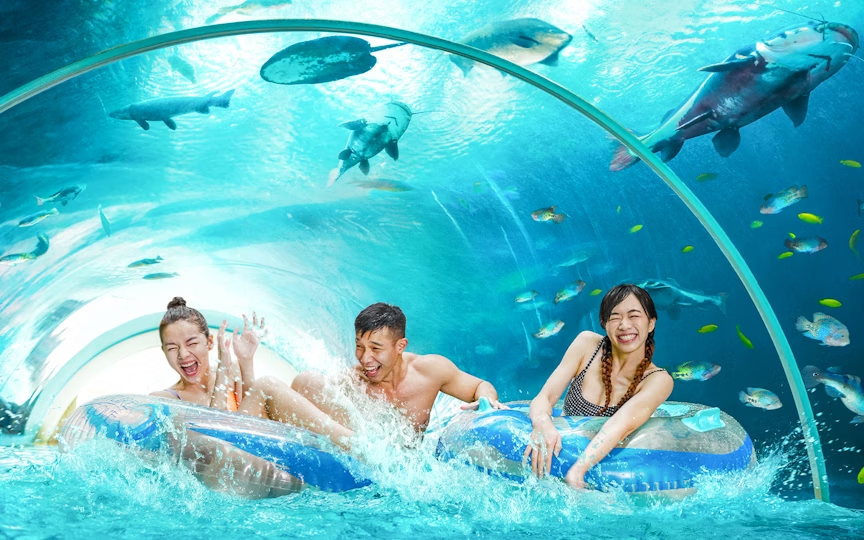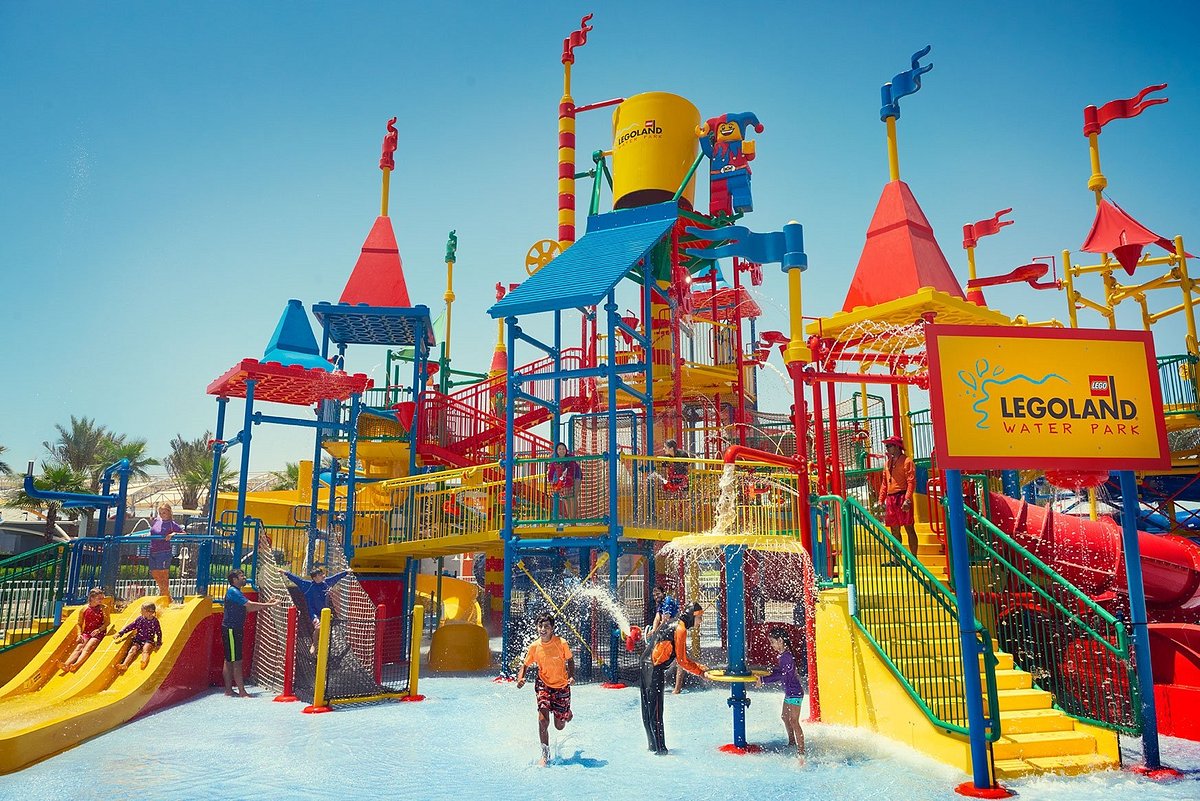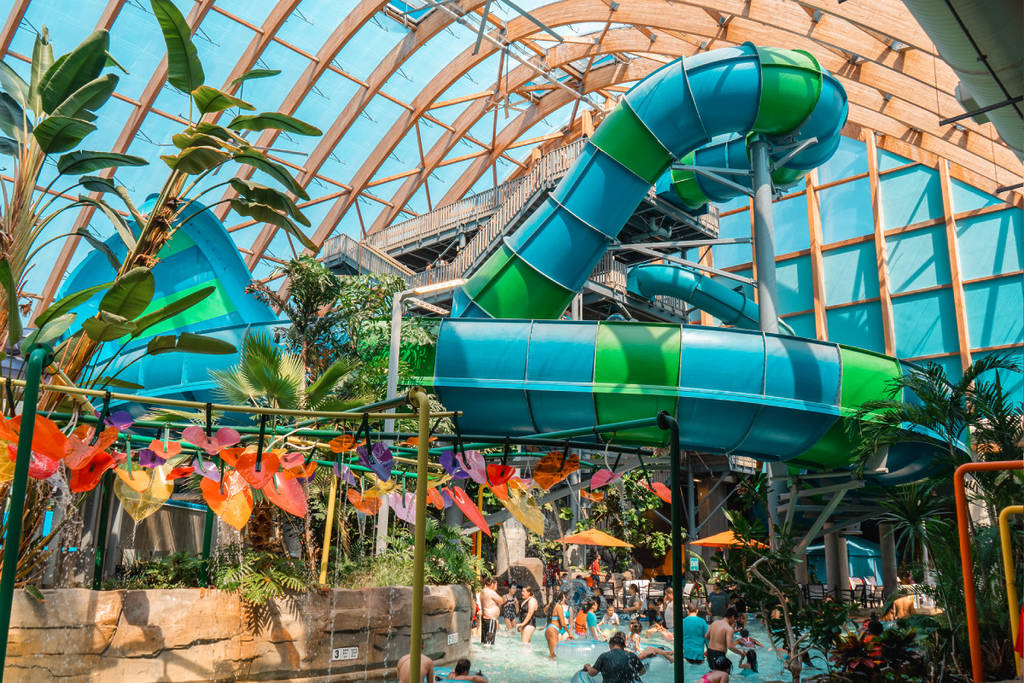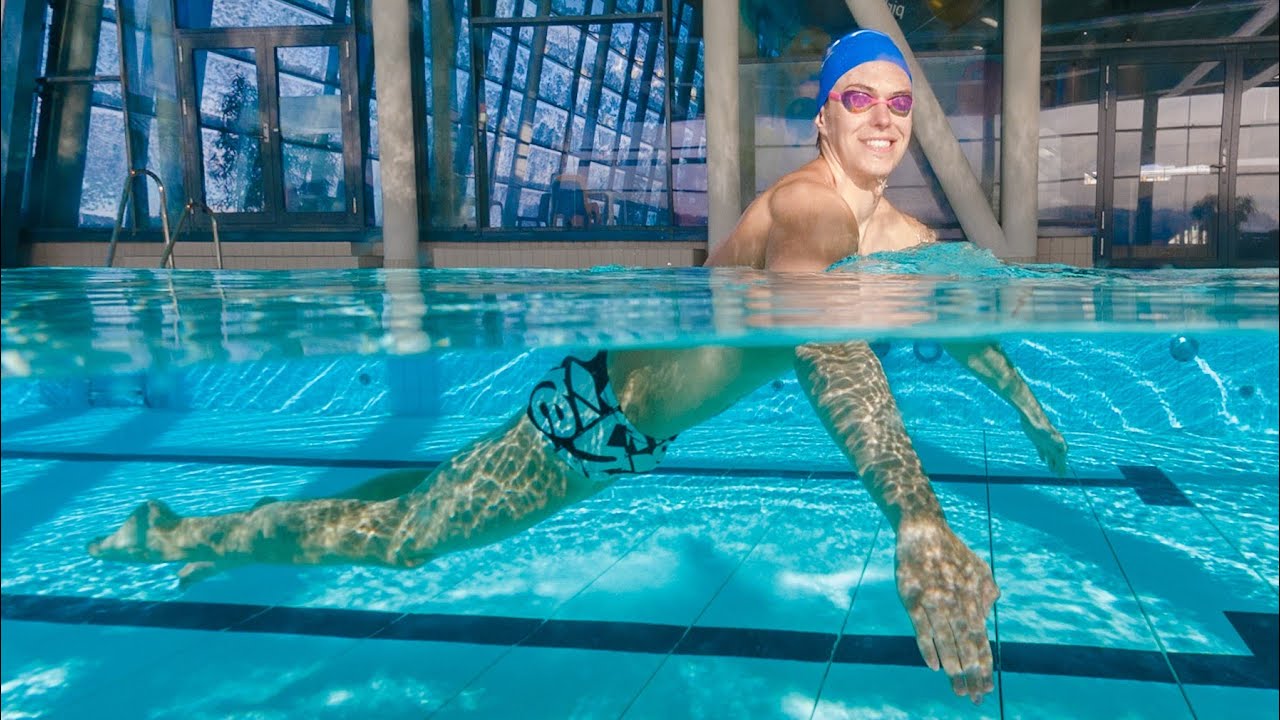Summer has arrived. As restaurants and cafés in Tokyo begin to offer refreshing treats like kakigori and ice cream to help residents beat the heat, the city’s numerous water parks are also gearing up for the season.
When the temperatures soar, don your swimsuit and apply some sunblock, and head to these water parks for a day of splashing fun. They feature expansive pools, thrilling slides, elegant fountains, and impressive artificial waterfalls, ensuring an enjoyable experience for both adults and children. However, it is important to note that tattoos, including temporary ones, are not allowed in any of the water parks.
Where to Escape the Summer Heat
Yomiuriland – Pool WAI
During the summer months, Yomiuriland amusement park opens its five outdoor pools for exhilarating aquatic fun. You can experience the sensation of swimming in a turbulent sea at the giant wave pool, which includes a sandy ‘beach,’ or take a plunge down one of three exciting slides.
The Giant Sky River may seem daunting as you ascend its stairs, but it is a must-try for thrill-seekers: this 25-meter-high and 386-meter-long mega-slide requires the comfort of a large rubber float for navigation.
Children will delight in the charming Soreike Anpanman pool, featuring the beloved characters from the popular comic series.
Tokyo Summerland – Adventure Lagoon
This well-known amusement park located on the western outskirts of the city offers not only an indoor pool (available from March to November) but also an expansive outdoor area during the summer, complete with multiple pools, water slides, fountains, and artificial waterfalls.
For the adventurous, the exhilarating Dekasla will propel you through a tube while seated in a rubber boat. You will soon find yourself spiraling around a large zebra-striped funnel before safely emerging at the bottom, albeit a bit breathless. At night, Adventure Lagoon is beautifully illuminated, creating perfect opportunities for Instagram-worthy photos.
Tobu Zoo – Tobu Super Pool
If you plan to visit Tobu Zoo, be sure to bring your swimsuit and make a stop at its spacious summer-only water park. Here, you can leisurely float along the lazy river, splash around, and enjoy a variety of water activities.
